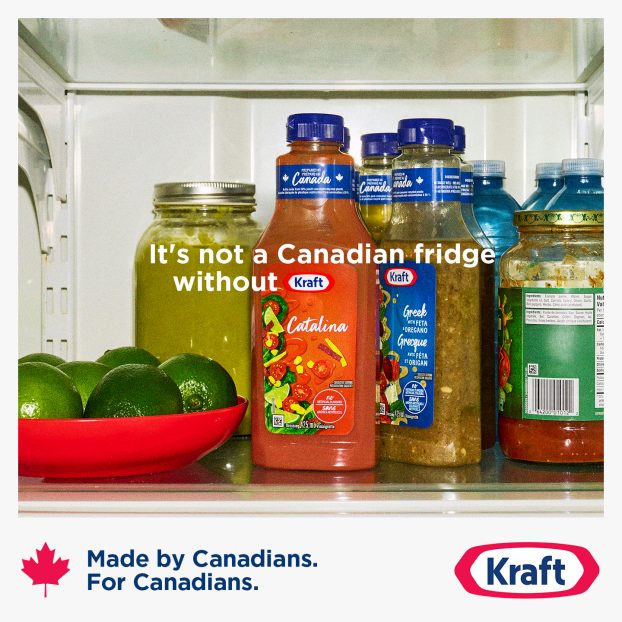Last month Sealy, the largest manufacturer of mattresses in the U.S., set out to redefine its place in the bedrooms of America. No longer was it going to be associated as a mattress company. Heretofore, the name Sealy was going to be known as the world’s leading ‘sleep wellness provider.’
The company is attempting to tie itself to the notion that health, energy and vitality come from a good night’s sleep.
While the move is either a stroke of genius or lame attempt to boost flat sales – time will tell – it does focus on one of the more interesting processes in the world of marketing: The need, whether there is some significant new benefit or not, to keep a brand evolving.
In an effort to boost sales, for example, Heinz introduced green ketchup last October, a move that created an instant buzz and upped the manufacturers market share to its highest mark ever at 62.5%. But this August, less than a year later, Heinz is already set to introduce a new as-yet-undisclosed colour. The options, according to the company, are down to orange, yellow, purple or hot pink.
Apparently innovation in terms of propelling a brand over the long term isn’t what it used to be. Where once product innovation was enough to keep a brand ahead of its rivals, modern technology can make such innovation today obsolete even before a new product hits stores.
As a result, manufacturers increasingly depend on lifestyle promises in the hopes that the lustre of positive association will be longer lasting than ‘new spring action’ or ‘cushiony softness.’
‘Products, especially consumer products, are getting closer and closer together,’ says Alan Middleton an assistant professor of marketing at the Schulich School of Business at York University in Toronto. ‘Finding meaningful differentiation between products gets harder. So you establish differences by lifestyle, by imagery and by other things.’
The problem is, sometimes such communications can get a manufacturer in trouble. While Sealy – which is trying to remake itself as the Nike of bedding in terms of people’s attitudes towards purchase frequency – will likely suffer nothing worse than public ridicule, some brands have taken the premise one step too far.
For example, in 1999 Rochester N.Y.-based eye care manufacturer Bausch & Lomb was cited by U.S. regulators for making false claims in professional advertising and promotional materials around its PureVision soft contact lens. The Food and Drug Administration objected to claims that the lenses provided ‘a new level of ocular health,’ and that they were for ‘continuous wear’ and therefore superior to extended wear lenses.
Clearly the FDA determined Bausch & Lomb had crossed a line. But less clear is just where that line sits in the opinion of consumers.























